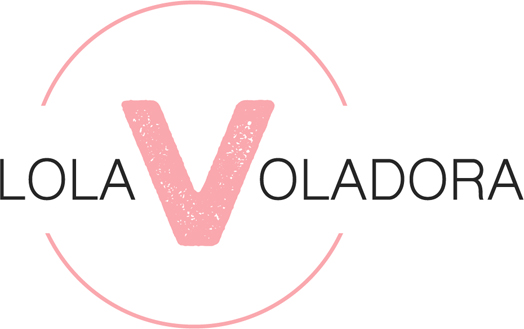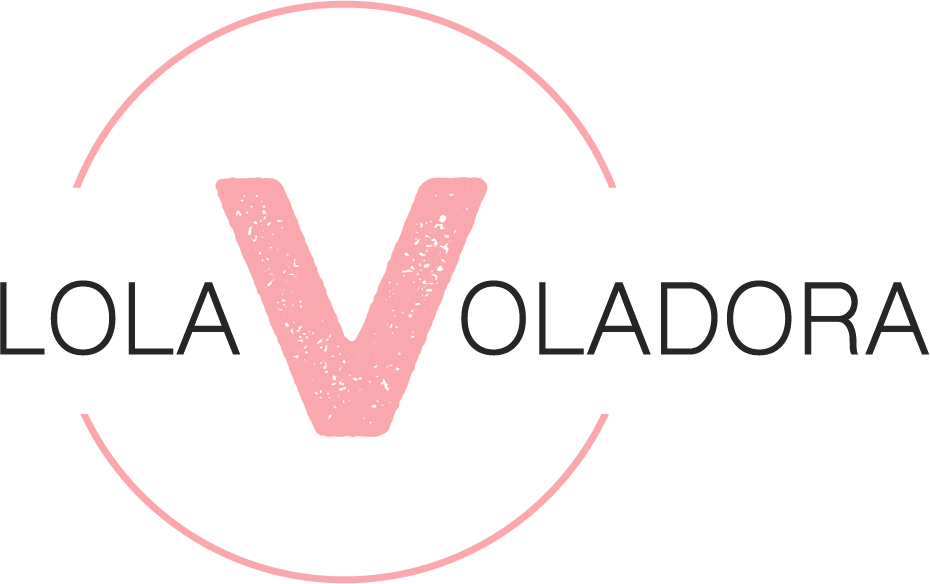20 Ago M&A Due Diligence Risk Factors
When obtaining a company, or entering into a alliance such as a joint venture, it’s too little to simply agree on terms and sign a contract. Both parties need to be totally informed of the advantages and disadvantages. This involves homework, a process that exposes financial obligations, problem deals, litigation risks and perceptive property issues that may arise from the transaction. Due diligence risk factors certainly are a part of the M&A process, and tend to be particularly essential when attaining a private company with tiny history or information available on it via public sources.
A key homework element is usually examining the company’s customers and suppliers to discover how they’re managing business relationships with these choices. This includes asking about client retention costs, churn rate, recurring read this revenue and customer focus in terms of contribution to revenues. Buyers may also want to know about a company’s provider portfolio, such as the supplier’s creditworthiness, legal compliance, reputation management and operational capacities.
Enhanced research, a necessity of Chapter six of the AML guidelines, will take the form of requesting more comprehensive information out of customers of their source of cash, wealth plus the identity of beneficial owners. This information should be organised in a way that enables the organisation to comply with AML rules during audits.
Homework of supply chains may be a vital concern, especially for clients sourcing minerals such as tin, tantalum and tungsten (3TG). Conducting suitable due diligence can alert a great organisation to potential corruption risks in most countries, orders, projects or perhaps business associates. The organisation will need to then consider whether it is acceptable to proceed with the transaction in light of such findings, and should be sure to maintain the risks examined up to date as a couple of good practice.



No Comments